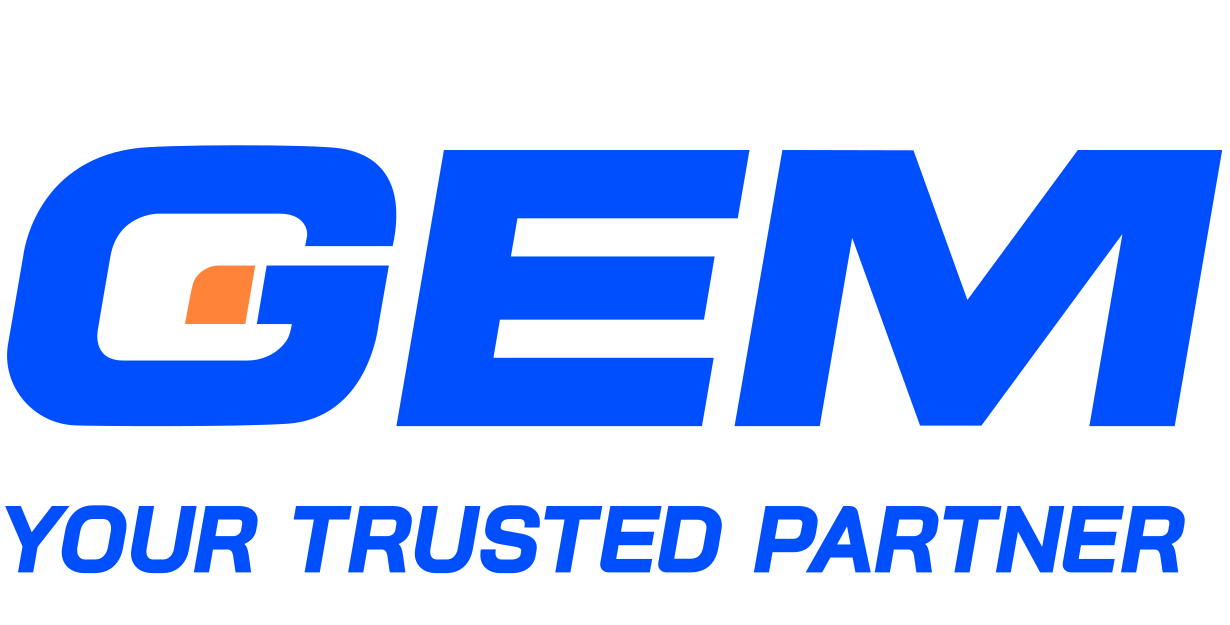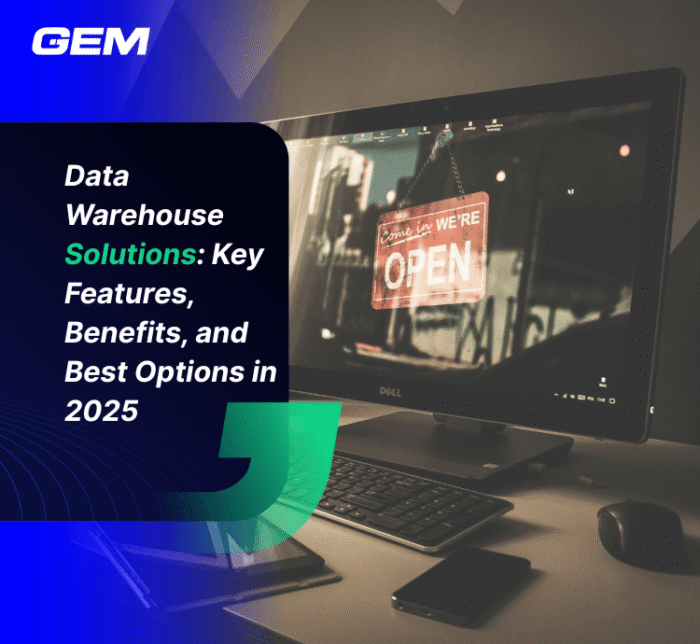Contents
- What is a Customer Complaint Management System?
- Why Complaint Management Requires a Formal System
- Key Features of a Customer Complaint Management System
- Common Complaint Patterns and What They Reveal
- How Complaint Management Systems Operate in Practice
- Benefits That Customer Complaint Management Provides
- Best Practices to Optimize Your Customer Service
- Make your digital transformationseamless and future-ready
- Creating an Efficient Customer Complaint Management System with GEM Corporation
- Conclusion
Customer complaints are more than one-off issues – they often signal deeper gaps in process, product, or service. Without a structured approach, it’s easy for these signals to get lost across teams and channels. Globally, businesses lose an estimated $4.7 trillion each year due to poor customer experiences, according to Accenture. A customer complaint management system helps companies respond faster, track patterns, and turn recurring problems into actionable insights. In this article, we break down the system’s core capabilities, business value, and proven practices to improve how teams manage complaints at scale.
What is a Customer Complaint Management System?

A Customer Complaint Management System (CCMS) is a software solution designed to help organizations systematically log, track, manage, and analyze customer complaints. It brings structure to the complaint handling process, making it easier for teams to follow up, assign ownership, and resolve cases efficiently. Common features include case management, automated alerts, real-time status updates, root cause tagging, and reporting tools that offer insight into support performance. Platforms like Zendesk and Freshdesk are widely used to implement these workflows at scale. A CCMS plays a key role in linking frontline feedback to operational and product-level improvements.
Why Complaint Management Requires a Formal System
Handling complaints without a structured system often leads to disjointed communication, inconsistent resolution, and missed opportunities to improve. Most dissatisfied customers never submit formal complaints – research shows only 1 in 26 do. The remaining ones leave quietly, contributing to the 65% of consumers who have switched brands after a single poor service experience.
Without a centralized system, businesses risk losing revenue, reputation, and key insights. On the other hand, even a 5% improvement in customer retention can lift profits by up to 95%. A formal CCMS brings accountability, consistency, and visibility into how issues are handled, giving teams the tools to respond with speed and context.
Key Features of a Customer Complaint Management System

A modern Customer Complaint Management System offers a structured approach to identifying, managing, and resolving customer issues across departments. Whether referred to as a complaint handling system, customer grievance management solution, or complaint tracking software, the core capabilities remain consistent across industries and platforms.
Key features include:
Case Management
Each complaint is logged and tracked as a unique case, with relevant customer details, correspondence, and resolution steps recorded in one place. This creates full visibility for support teams and helps maintain accountability throughout the process.
Multi-Channel Integration
Customers raise concerns through various channels – email, chat, phone, social media, or in-app feedback. A unified complaint handling system consolidates these inputs into a single queue, preventing missed tickets and fragmented responses.
Automated Workflow
With automation, the system assigns cases based on priority, category, or team availability. Notifications, escalations, and follow-up tasks are triggered automatically, reducing manual workload and delays.
Real-Time Tracking
A live view into each complaint’s status helps managers monitor resolution timelines and identify bottlenecks. Agents can also update customers proactively as their cases move forward.
Root Cause Analysis
Categorizing complaints by type and reason allows teams to detect recurring issues, such as product defects, delivery problems, or billing errors, and escalate them for cross-functional review.
Reporting & Analytics
Dashboards show metrics like resolution time, complaint volume by category, and agent performance. This data supports continuous improvement by highlighting patterns, outliers, and areas needing process updates.
Compliance and Access Control
In industries with regulatory oversight, such as finance or healthcare, complaint tracking software includes audit trails, user-based access control, and data retention policies to meet compliance standards.
Common Complaint Patterns and What They Reveal

Customer complaints often fall into consistent categories. Analyzing these patterns helps companies identify where processes or products are underperforming. Common themes include:
Product Issues
These include defects, missing features, or usability concerns. High volumes in this category may indicate gaps in quality control or misalignment with user expectations.
Service Delays
Complaints about long wait times, rescheduled deliveries, or missed appointments often reflect breakdowns in logistics or capacity planning.
Billing and Payment Errors
Disputes over charges, refunds, or unclear pricing are frequent triggers for dissatisfaction. These cases flag the need for better communication or backend system accuracy.
Policy Disagreements
Customers may push back on return policies, account restrictions, or pricing changes. This feedback can inform adjustments in policy design or communication.
Poor Agent Interaction
Negative experiences with support staff, such as perceived rudeness or lack of knowledge, impact brand perception and trust. These complaints are often used to guide training and staffing decisions.
Tracking these patterns over time supports deeper operational reviews. For example, repeated complaints about a feature can guide product roadmap decisions, while a spike in delivery issues might prompt a reevaluation of logistics partners. An efficient customer grievance management system makes it easier to detect these trends early and respond with data-backed actions.
How Complaint Management Systems Operate in Practice

At a functional level, a Customer Complaint Management System coordinates the full lifecycle of an issue, from capture to resolution to insight generation. Here’s how it operates in a typical business environment:
Complaint Capture
Customers submit complaints through channels such as email, live chat, call centers, or social media. The system centralizes this input to avoid duplication and ensure timely response.
Case Creation
Each complaint is logged as a separate case with metadata including customer identity, timestamp, channel source, issue category, and any attachments or transcripts. This case serves as the single source of truth throughout the resolution process.
Triage & Assignment
The system uses predefined rules to prioritize cases and assign them to the right team or agent. Factors such as complaint severity, customer tier, or product type influence routing. Automated tagging and SLA timers also help streamline queues.
Resolution
Assigned teams investigate the issue, engage with the customer for clarification if needed, and apply the appropriate resolution steps. All interactions are documented within the case for transparency and future reference.
Analysis & Improvement
Once resolved, the data is aggregated and examined at scale. Complaint patterns are reviewed across categories, teams, and timeframes. These insights are then shared with relevant business functions – product, operations, CX, to address root causes and monitor recurring issues.
In mature implementations, the system also integrates with CRM, product analytics, and internal knowledge bases, making it easier for teams to access context and respond with speed and accuracy.
Benefits That Customer Complaint Management Provides

A structured complaint management system creates measurable value across multiple business functions. Key benefits include:
Improved Customer Satisfaction
Customers receive faster and more consistent resolutions. With clear ownership and timely updates, the process feels more responsive and reliable.
Higher Loyalty and Retention
Timely resolution builds trust, which strengthens customer relationships. Addressing pain points before they escalate reduces the risk of churn.
Operational Insights
Complaint data uncovers recurring issues in product, service, or process. Teams gain a clearer view of what needs to be fixed and why.
Brand Reputation Management
When complaints are handled professionally, customers are more likely to forgive mistakes. A consistent process also reduces the likelihood of negative public feedback.
Workflow Efficiency
Automation removes manual steps such as routing, follow-ups, and reminders. This allows support teams to focus on resolution rather than administration.
Lower Support Costs
With automated triage and standardized workflows, teams can manage larger volumes of complaints without increasing headcount.
Faster Product Iteration
Aggregated complaint data highlights features or services that require attention. These insights inform roadmap decisions and testing priorities.
Improved Compliance
The system keeps detailed records of complaint handling, which supports audit readiness and regulatory reporting in industries with strict oversight.
Better Recovery and NPS Gains
Fast, empathetic complaint handling often turns a negative experience into a positive one. This has a direct impact on Net Promoter Score (NPS) and long-term advocacy.
Best Practices to Optimize Your Customer Service

Building a consistent and scalable complaint management process demands operational clarity and disciplined execution. The following practices support stronger customer experience outcomes and more effective internal coordination:
Centralize Case Ownership
Assign a single owner for each complaint to avoid duplication, confusion, or delays. This ensures clear responsibility and consistent communication throughout the resolution process.
Set Measurable Resolution Targets
Define and monitor resolution timelines based on complaint type, customer tier, or impact level. Use SLA tracking to surface delays early and maintain accountability.
Train Agents in De-escalation and Empathy
Equip support teams with soft skills that drive better interactions. Training in active listening, tone calibration, and conflict resolution creates a more respectful and constructive experience, even during high-friction situations.
Leverage Complaint Data for Continuous Improvement
Route complaint trends to relevant departments – product, operations, policy, or UX, for structured review. Use this data to prioritize fixes, adjust processes, or remove friction points across the journey.
Close the Feedback Loop
After resolution, follow up with the customer to confirm satisfaction. Share what actions were taken and how their input influenced change. This builds trust and reinforces that feedback is valued.
Automate Routine Steps
Use automation to handle repetitive actions – ticket triage, notifications, status updates, so teams can focus on investigation and resolution. This helps scale operations without sacrificing quality.
Integrate with Core Systems
Connect your complaint platform to CRM, analytics, and communication tools. Context sharing between departments improves resolution speed and reduces back-and-forth.
Track Performance Metrics Regularly
Monitor KPIs like first response time, resolution time, escalation rate, and customer sentiment. Use dashboards to identify underperforming areas and prioritize process adjustments.
Make your digital transformation
seamless and future-ready
Accelerate your business growth with zero-disruption modernization services. Maximize the value of your current infrastructure, streamline processes, and cut expenses.
Creating an Efficient Customer Complaint Management System with GEM Corporation

GEM Corporation has over a decade of experience designing and building enterprise-grade systems that support operational resilience and customer engagement. We work closely with clients across sectors, including telecom, banking, and retail, to architect scalable platforms that align with business goals and customer expectations. Our teams blend technology expertise with domain understanding, delivering solutions that drive measurable performance improvements.
In the context of complaint management, GEM supports both advisory and delivery roles. We help clients map current-state workflows, identify process gaps, and define an operating model that connects support, product, and compliance teams. On the technical side, we develop systems that include multi-channel intake, automated routing, SLA tracking, and embedded analytics. These platforms are integrated with existing CRM and data tools to streamline resolution and surface actionable insights. For organizations aiming to modernize how they handle customer feedback, GEM provides the full stack – strategy, system design, and implementation.
Conclusion
A Customer Complaint Management System brings structure, visibility, and accountability to one of the most sensitive areas of customer interaction. It helps businesses capture feedback across channels, resolve issues efficiently, and turn complaint data into a source of operational insight. With the right system in place, teams can track trends, prevent repeat problems, and respond with speed and context. GEM Corporation works with organizations to design, build, and scale complaint management platforms that align with business priorities. Contact us to learn how we can support your next step.






